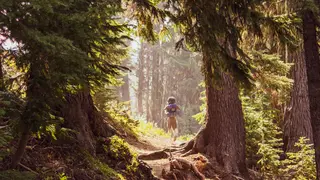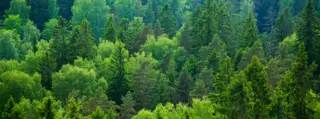
The term has intuitive appeal—but what is sustainable forestry, exactly? For centuries, forests sustained themselves. Today, responsible foresters lend a hand to create optimal conditions for the entire ecological system surrounding forests, helping nature to maintain its balance.
Sustainable forestry is about stewardship and care—care for trees, naturally, but also for soil, water, and the smaller plants and wildlife that rely on sustainable habitats to thrive. It’s a practice that creates a mutually supportive relationship between nature and people, one that requires careful planning decades into the future to balance what we use today with what later generations will need.
How Does Paper Support Sustainable Forestry?
It might sound surprising, but the paper and packaging industry is a crucial part of this balance—and when you choose paper, you become a steward of the forests too. Without your choices, the paper industry wouldn’t be helping to replant the trees it selectively harvests; in fact, today’s U.S. forests grow nearly twice the tree volume that’s harvested every year.
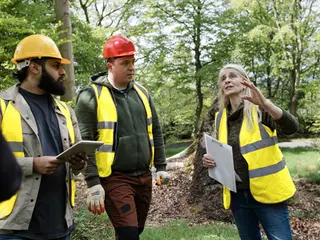
Sustainability has been the backbone of the U.S. paper industry for decades, and we couldn’t do what we do without it. When the forest products industry supports private, independently owned woodlands, it’s strengthening the long-term security of businesses that provide for society’s needs — such as wood for furniture, homes, paper and paper packaging — along with those of the planet.
Sustainable forestry practices include maintaining trees at different stages of growth—some measured in months, some in decades. Working forests, those that are managed to support businesses such as paper products, typically have areas of trees that are young, middle-aged and mature, which encourages a variety of sustainable wildlife habitats.

It’s a part of keeping the country’s forests thriving; about one-third of the U.S. is forested, totaling nearly 766 million acres. And whenever you reach for products packaged in paper, print out an email or send a thank-you note, you’re a part of this force for good.
Quick facts about sustainable forestry and paper makers:
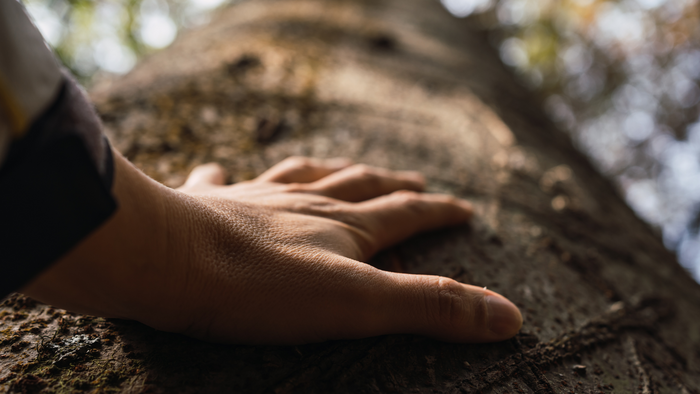
Nearly 3 million trees are planted in the U.S. per day.

Papermakers help grow and maintain forests at a rate that’s nearly double the volume needed to make the products you rely on every day.
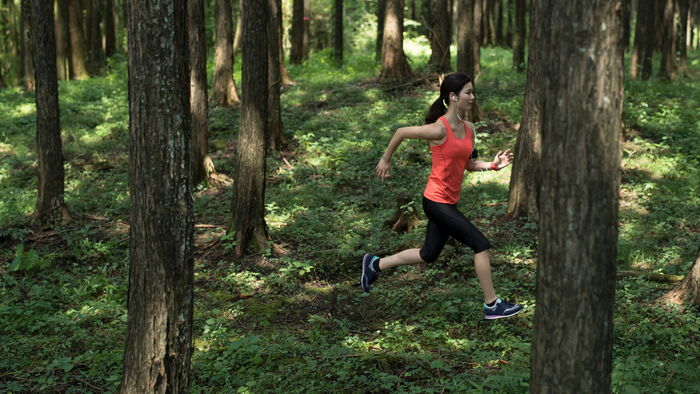
Responsible forestry provides cleaner air, cleaner water and diverse habitats for wildlife.
What Makes a Forest Sustainable?
Foresters work with nature, modifying, refining, enhancing and shaping the species composition and forest-stand structure that’s already present to achieve an improved future state. Young forests are created through active management and harvesting activities. These young forests are changing rapidly as they grow and mature.
Uneven-aged forests don’t just help mitigate climate change by capturing and storing different amounts of carbon at different speeds. They also offer sustainable wildlife habitats to a variety of species.
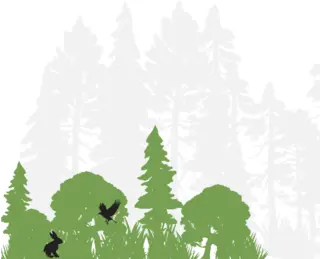
Traits of Young Forests
- Low, open and grassy, they can be more affected by winds, floods and other disturbances.
- Their saplings, shrubs, brush and mast (the fruits, nuts and seeds of woody plants) offer cover and sustainable wildlife habitats for small animals and songbirds to roost, feed and nest.
- Certain mammal species thrive in young forests, including both rare and abundant species.
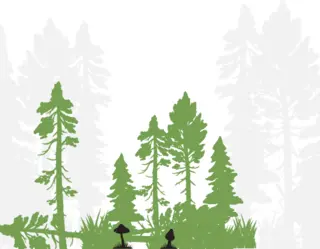
Once trees in a wooded area reach a certain age and height, which varies by species, foresters might remove slow-growing, diseased or poorly formed trees in a process called thinning. This decreases competition for sunlight, water and nutrients.
In certain forest types, thinning is environmentally beneficial, promoting the health of an entire stand of trees and enhancing food production and quality for wildlife. The woody debris left on the forest floor from thinning also recycles nutrients and creates habitats for small animals and microhabitats for fungi and moss species. And thinned trees, of course, don’t go to waste. Most are used to make wood pulp and fuel in the form of wood chips.
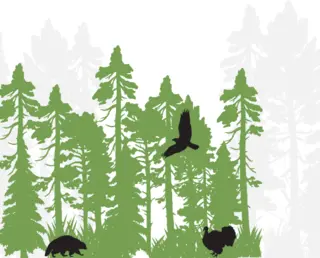
Traits of Mid-Growth Forests
- Just like people their age, trees at this stage experience rapid growth. They may reach a 40-foot height and a foot-wide diameter.
- Midsize animals such as wild turkeys, foxes, raccoons and skunks thrive in these sustainable wildlife habitats, whose middle-aged trees have outgrown weaker ones.
- Band-tailed pigeons, Cooper’s hawks and other birds make homes in their canopies.
Depending on the region, risks, data and local regulations, foresters might do a controlled burn on the floor of a middle-aged forest. This intervention reduces competing vegetation, fire hazards, and the likelihood that diseases will spread quickly and have catastrophic effects.
It’s also good for wildlife, creating an open forest structure that increases the sunlight reaching vegetation on the forest floor that certain animals—grouses, quails, salamanders, tree frogs and rabbits—prefer.
Depending on the species, forests enter the late-successional stage after anywhere from 40 to 80 years of growth.
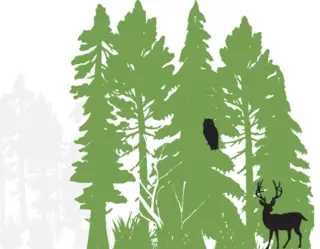
Traits of Mature Forests
- These woodlands are home to large trees, shrubs and saplings that thrive in the shade of the forest canopy, as well as some dead trees that are still standing.
- Birds such as Vaux’s swifts and purple martins live in the snags, while nesting birds such as wood ducks and Western screech owls take advantage of the mature trees’ knotty cavities.
- Beneath these trees lives a vibrant array of megafauna, from white-tailed deer to bears.
Healthy Forest Ecosystems
Continued forest health requires a symbiotic relationship between people and all the living things that make up a forest, from the smallest rodents to the tallest trees. By practicing sustainable forestry, our industry can ensure that different generations of trees provide habitats for diverse wildlife and simultaneously benefit people—landowners, foresters, recreation seekers and more—for generations to come.

